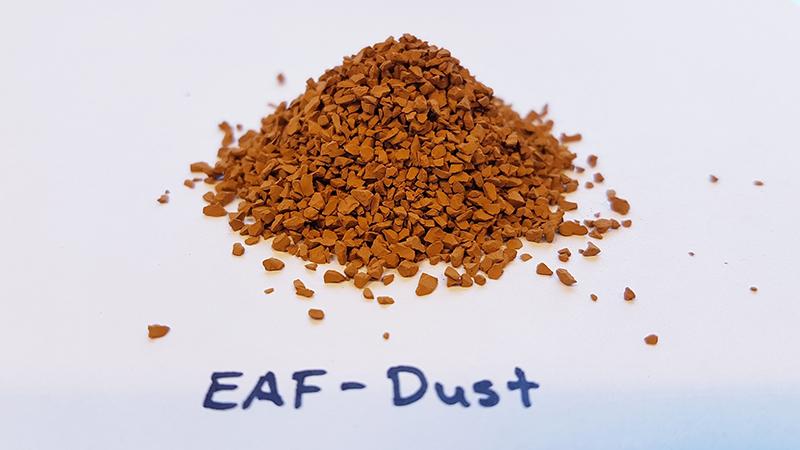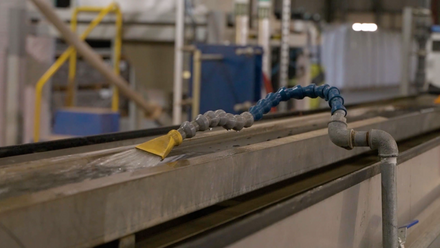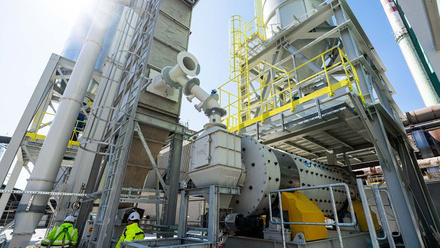Dusting off the steel industry
Zinc dust from the steel industry is being targeted for sulphur removal during biomass gasification.

Researchers at the Technical Research Centre of Finland (VTT) claim that side-streams containing zinc could be as efficient for synthesis gas purification as current commercial zinc oxide products.
Zinc dust contains small solid particles that hang in the air and slowly settle on surfaces. If inhaled, it may have significant adverse health effects. The finest material is usually the most difficult to treat and recirculate.
‘The treatment process of the side-stream into a new product is relatively simple and although [it] contains [material] other than...zinc compounds, they don’t fundamentally hinder the processability…into desired shape and size,’ says Lintunen Pertti, Senior Scientist at VTT.
The dust collected at steel plants is said to be of ‘interesting’ composition and suitable for granulation/pelletisation.
‘The technology was tested in laboratory-scale desulphurisation...[where] adsorbents made from zinc-containing dusts were compared to commercial adsorbents by measuring the sulphur capture capacity for both in same testing conditions.’
In the best case, Pertti explains, zinc-containing dust shows sulphur capture performance that is 66%/92% on mass/volume basis, respectively, compared to a commercial adsorbent.
‘This is a really promising result for steel industry side-stream sometimes considered as a waste material,’ adds Björn Haase, Manager of Non-Metal Products, Höganäs Sweden AB, which provides the zinc-containing side stream from their factory to be used in the project.
The steel industry in Europe generates several thousand tonnes of zinc-containing dust each year, which, at its worst, is treated as hazardous waste. The treatment of hazardous waste is expensive and the environmental load high.
VTT Research Scientist Minna Kotilainen says this new purpose for zinc dust could help substitute at least part of the primary zinc oxide used in commercial adsorbents, and reduce the price of absorbing pellets, as well as lowering the environmental load.
Research Team Leader Tomi Lindroos continues, ‘[The] next step will be finding a suitable processing route for zinc-containing dust to manufacture adsorbents in an economically feasible way and in higher volumes.’







